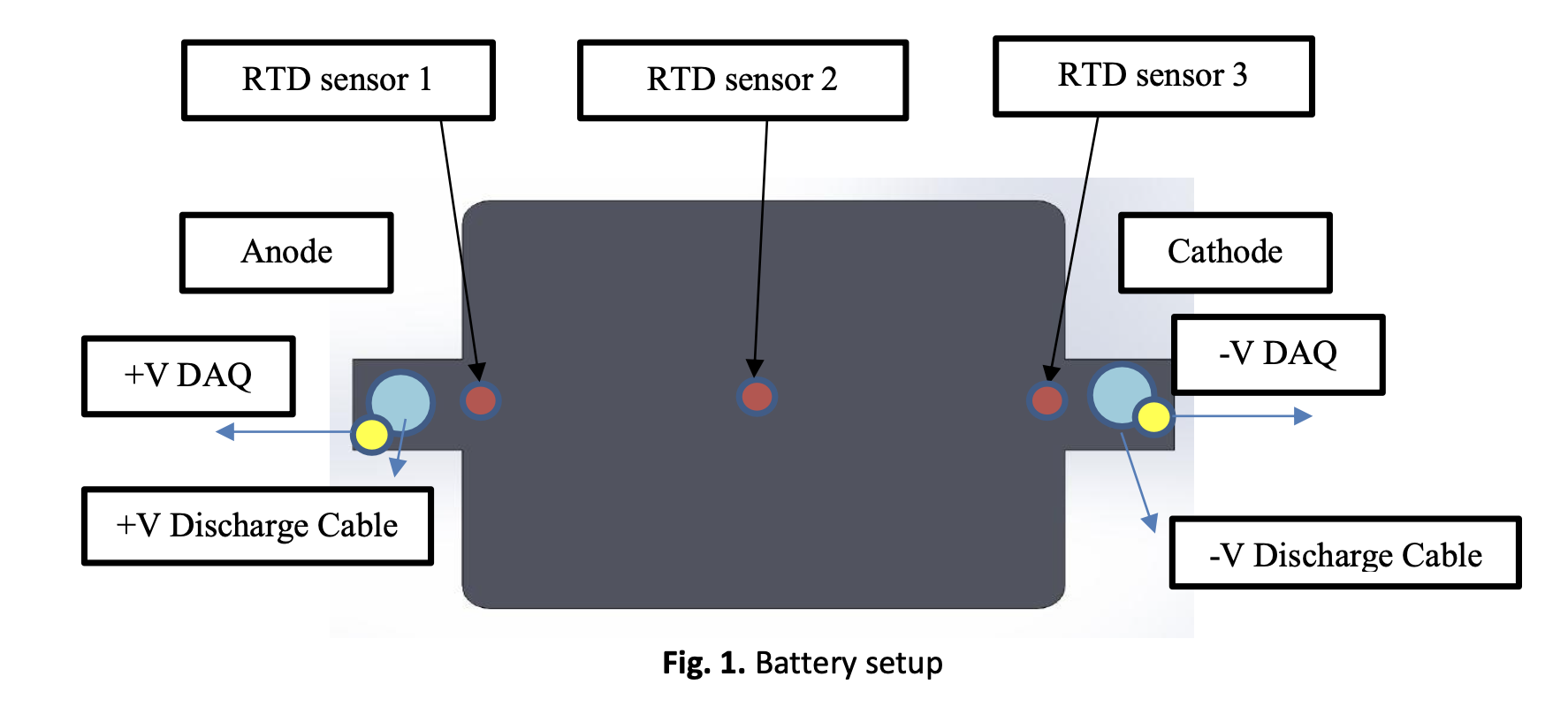Li-NMC Battery Internal Resistance at Wide Range of Temperature
DOI:
https://doi.org/10.37934/arfmts.99.1.916Keywords:
Battery internal resistance, battery temperature, Lithium-ion battery, battery thermal propertiesAbstract
One of the factors that affects energy transfer by Lithium-ion batteries is internal resistance. This internal resistance occurs due to resistivity of the electrochemical materials and its ionic component. Meanwhile, the internal resistance of a battery is affected by several factors such as temperature and their state of charge. To maintain battery health and prevent rapid degradation, the use of batteries at high temperatures should be avoided. In that relation, studies involving battery internal resistance are mostly conducted in an ideal temperatures range. This makes data on internal resistance at high temperatures scarce and insufficient. Accordingly, this internal resistance data is an important key component in predicting the battery temperature. Good internal resistance data at high temperatures can contribute to a more accurate battery temperature prediction. The purpose of this study is to provide internal resistance data for Li-MNC battery in wide range of temperature by means of experiment. In this study, the temperature of Lithium-ion Manganese-Nickel-Cobalt (Li-MNC) battery with the capacity of 40Ah was raised via high current discharge method. The discharge current used was 120A (3C) and 160A (4C). The discharge temperature was conducted from 26°C to 80°C. Internal resistance is then calculated from the measured voltage respond when 1C (40A) pulse current discharge flow through the battery. Results showed that as temperature increases, the value of internal resistance decreases. At the same time however, the rate of decrement declined until it become almost constant at high temperature range until reaching 80°C. The objective of this study is to provide the data of battery internal resistance at a wide temperature range up to 80°C. This information is important in developing a precise battery electro-thermal model that can predict battery performance and temperature. On the extend of that, this information will be useful in developing better battery management system to ensure good battery usage and safety.
Downloads
































